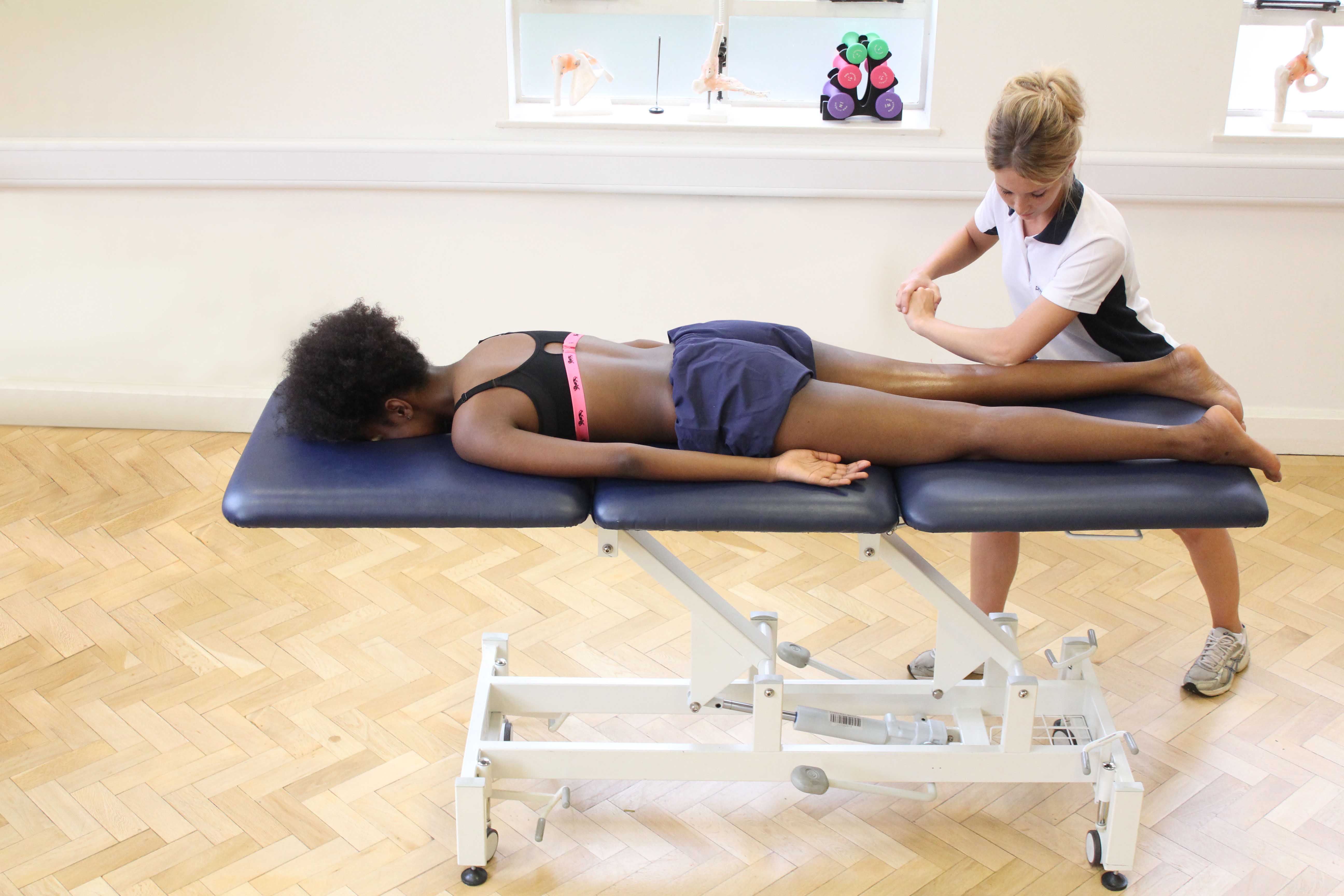What is high tone?
High tone or hypertonia is increased tension in the muscles which makes it difficult for them to relax and can lead to contractures and loss of independence with everyday tasks.
Physiotherapy for high tone
At Physio.co.uk our physiotherapists will reduce the impact that high tone has on your life and improve your ability with activities of daily living. At Physio.co.uk, physiotherapy for high tone may include:
- Exercises to relax tight muscles during everyday activities such as standing walking, transferring
- Activities to increase sensation and relax sensitive muscles
- Muscles stretching to relieve tightness and ease pain
- Strengthening exercises as high tone may lead to weakness.
- Regular weight bearing activities in the upper and lower limbs.
- Practicing functional activities
- Teaching family or carers on the best position in lying, sitting and standing to help high tone and increase comfort
- Advice on proper seating to keep the body in a balanced, symmetrical and stable posture to maximise comfort and function
- Advise on splints and casts to increase range of movement and prevent the formation of contractures
 Above: Deep tissue massage used to lower tone in muscle applied by an experienced therapist
Above: Deep tissue massage used to lower tone in muscle applied by an experienced therapistPhysiotherapy for low tone
What is low tone?
Low tone or hypotonia is a reduced amount of tension in the muscles accompanied by decreased muscle strength, which can impact significantly on functional tasks.
Physiotherapy for low tone
Our specialised physiotherapists at Physio.co.uk will assess the muscles in your body affected by low tone and develop a tailored program which will help stimulate the motor nerves and gradually strengthen your muscles. Physiotherapy will help your with everyday functional tasks which may be affected by low tone such as rolling in bed, standing and walking. Physiotherapy for low tone at Physio.co.uk may include:
- Exercises to help stimulate the motor nerves that supply the muscles to improve strength and stamina
- Balance training
- Core stability exercises
- Regular weight bearing exercises to increase sensation and proprioception (joint awareness)
- Practicing functional tasks such as rolling, sitting, standing and gait practice.
- Muscle stretching and joint mobilisation to relieve pain and maintain range of movement. Pain can also inhibit muscle function, adding to weakness.
- Electrical stimulation to enhance voluntary muscle contraction which involves applying pads to the surface of the limb (thigh, for example) to deliver a low level electrical signal.
- Advice on walking equipment
- Advice on the use of orthotics or positioning equipment
- Hydrotherapy to promote muscle activity. The natural buoyancy allows simulated weight bearing and increase muscle strength.
If you would like more information on physiotherapy for high tone and low tone, or to book an appointment please call 0330 088 7800

 0330 088 7800
0330 088 7800

































